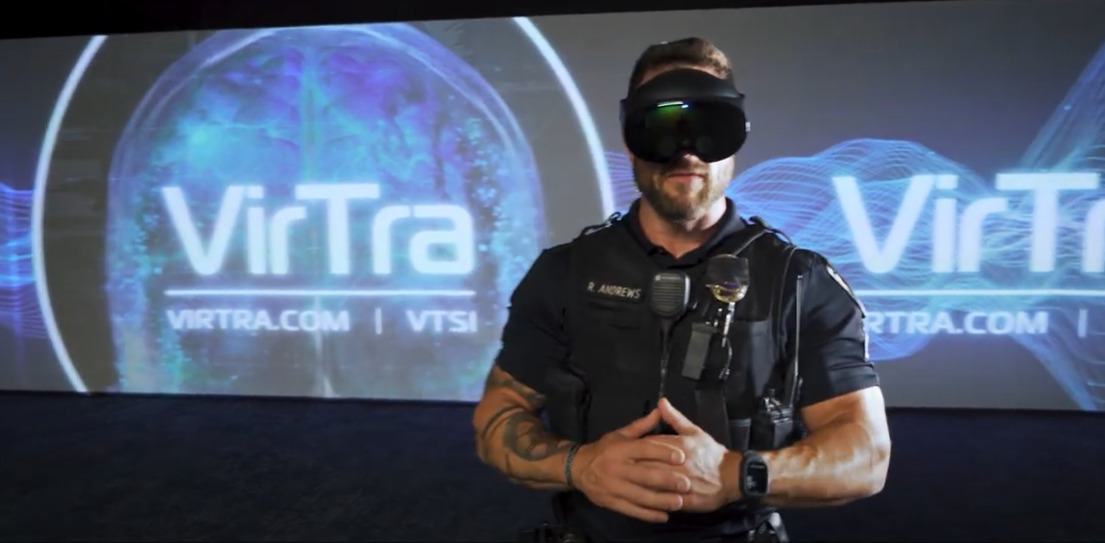
Extended reality (XR) may be a familiar term, but do you know what differentiates it from other computer-altered reality?
As this article describes it, XR refers to “all real-and-virtual environments generated by computer graphics and wearables” (Irvine, 2017). Basically, it is a mix of virtual reality (VR), augmented reality (AR), and mixed reality (MR). But what do all those terms mean?
Virtual Reality (VR) is the most used term and refers to all virtually immersive experiences, including 360 video or CGI. The environment is artificial – whether CGI or video – because the user is not actually physically present in what is being displayed. VirTra’s screened simulators also fall under the VR category as well as headset-based solutions.
Augmented Reality (AR) overlaps computer-generated content onto the real world. If you remember the “Pokémon Go” game craze several years ago, that is an example of AR – CGI characters displayed as if they are actually in the real world. You can interact with the displayed objects or characters, but they do not connect with their surroundings.
Mixed Reality (MR) is an overlay of content that interacts with objects in the real world. Like AR, it combines objects from the virtual and physical world. That is the crucial aspect that separates it from AR, where the characters displayed in the environment do not actually interact with their real-world surroundings.
The main difference between Extended Reality and Mixed Reality is that while Extended Reality incorporates all immersive technologies, Mixed Reality is a specific subset of XR that combines digital and real-world objects. In mixed reality, virtual objects are used to enhance the physical world as the user interacts with digital content while still being aware of their physical environment (Khilar, 2022)
V-XR® Extended Reality System
When going back to XR, an umbrella term that refers to the fusion of the three interactions, there is a clear reason why this method would be beneficial from a training standpoint.
In terms of VirTra’s training, XR made the most sense to delve into as it is all-encompassing. Not only does it provide a mix of VR, AR, and MR, but it allows for future expansion as technology becomes further refined. The goal is to provide first responders with realistic training that allows for seamless skill transfer.
VirTra’s V-XR® headset provides three modes of learning that incorporate all types of realities, including the mixing of synthetic and real settings.
The portable, lightweight characteristics make it ideal for smaller departments with limited space. It even accommodates agencies with a smaller number of staff, as there are segments that are self-driven. Most notably, the characters captured in the VirTra Volumetric Video (V3™) studio allow characters to be placed into any environment.
If you are interested in learning more about our newest training tool, contact a product specialist to get information.
References:
Irvine, K. (2020, September 14). XR: VR, AR, mr-what’s the difference? Viget https://www.viget.com/articles/xr-vr-ar-mr-whats-the-difference/
Khillar, S. (2022, May 10). Difference between extended reality and mixed reality. Difference Between. http://www.differencebetween.net/technology/difference-between-extended-reality-and-mixed-reality/
Recently Published
Join Our Newsletter







